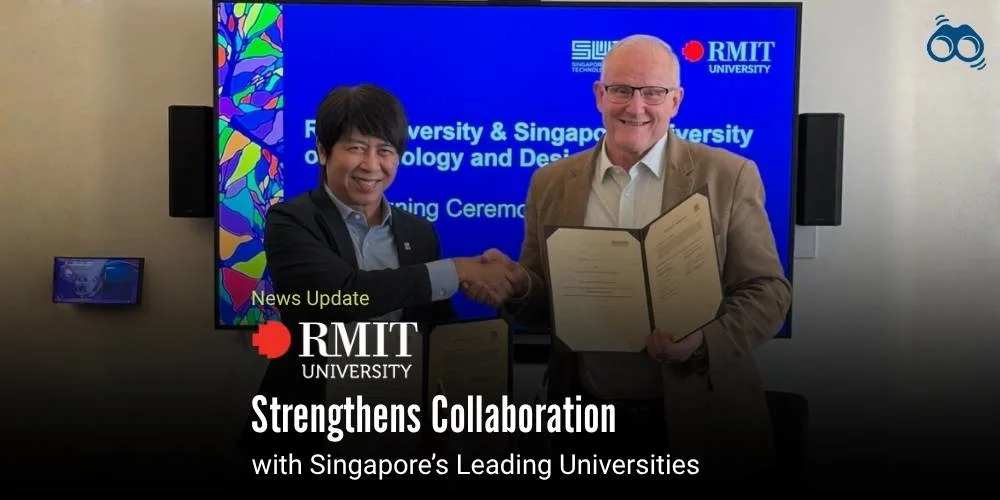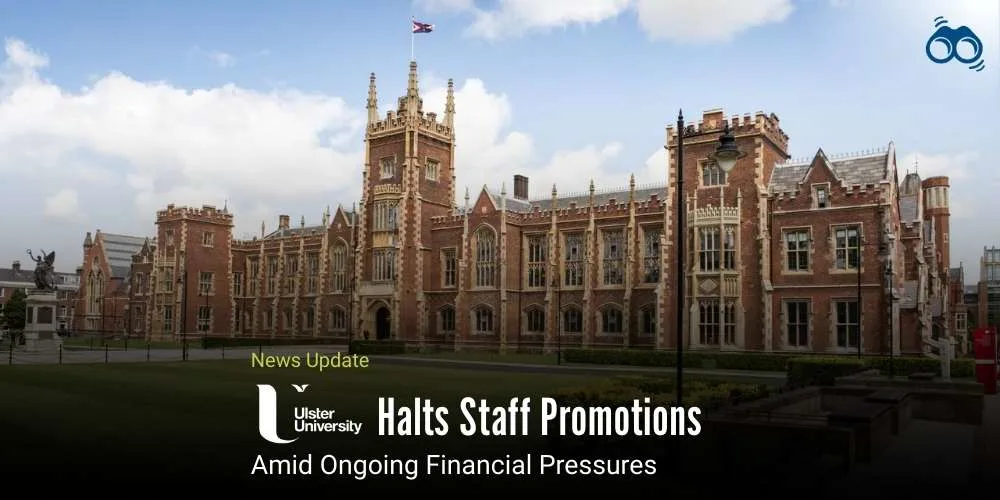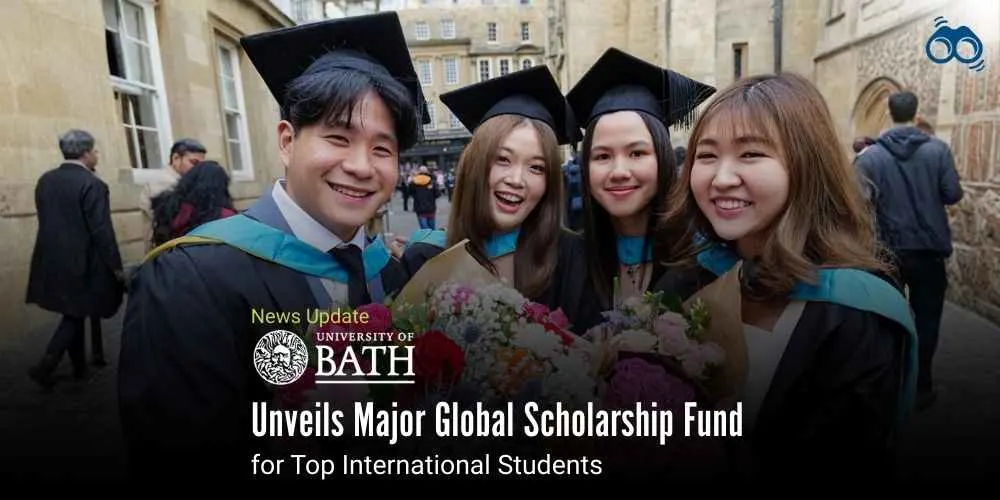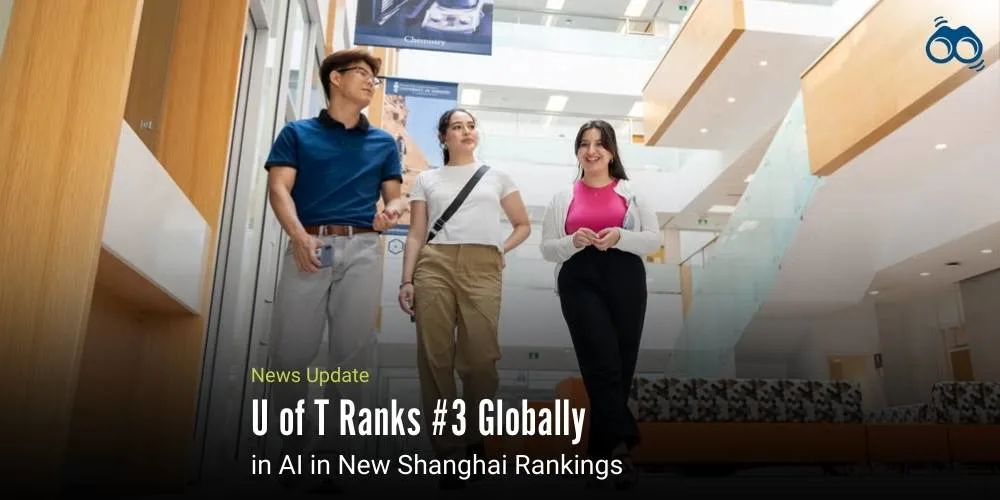RMIT Deepens Regional Commitment with New Collaborations in Singapore’s Research Ecosystem
RMIT Signs MoUs with Singapore University Partners to Advance Health and Design Innovation
RMIT University Australia has strengthened its presence in Singapore by signing two new Memorandums of Understanding (MOUs) with two leading institutions: the National University of Singapore and the Singapore University of Technology and Design. Such agreements are seen as strengthening RMIT's wider Singapore Country Commitment, which focuses on advanced research and shared academic goals across Southeast Asia.
In a way, Singapore plays its role as a local hub for innovation, no small feat, especially given the nature of strong government backing for research, combined with its strategic position for tapping Southeast Asian markets. In that sense, it will be an excellent partner for RMIT's surrounding transnational educational and research aspirations. Such partnerships seem timely and, at the same time, in tune with other global higher education trends: ageing populations, increasing demand for design innovation, and enhancing cross-border academic networks. This month, at the beginning, representatives from RMIT met with their counterparts in the Yong Loo Lin School of Medicine at NUS to sign an agreement regarding collaboration with a view towards solutions to global health challenges.
It is expected that this will bring expertise from RMIT's School of Health and Biomedical Sciences, with NUS's newly established Academy of Healthy Longevity. The areas of focus for this collaboration include precision thermomedicine, healthy ageing, and longevity. For all these topics, it is expected that joint research projects, sharing of facilities, and training programmes will put both institutions at the cutting edge of healthy longevity and wellbeing.
The initiatives may also feed into some public health policy directions and contribute towards regional education frameworks in ageing care. As a parallel activity, RMIT also entered into a partnership with the Singapore University of Technology and Design in the context of the DesignZ alliance—a global network of world-class design and technology universities. RMIT, in this case, as the only member from Oceania, is expected to facilitate academic and student exchanges, join research laboratories, and set into motion the international design and technology forum in Singapore in 2026. This collaboration is anticipated to inform design standards and inspire innovation in the field of sustainable design and engineering.
Emerging programme themes which will span both partnerships are expected to include digital health, biomedical innovation, sustainable design, and applications of AI in ageing care. Movement of academics and students will find support through structured exchange programmes being designed now for eligibility criteria, credit transfer modalities, and set learning environments. These initiatives hold particular relevance for international students heading to Australia and Singapore, opening up new pathways for study and research collaboration, among them the online education models that have gained traction in the post-pandemic era.
In the long term, from a career outlook, partnerships could culminate in collaborative industry-led research, industry internship opportunities, or joint ventures, especially in health tech and design engineering. Provided with access to global networks and innovation ecosystems, students enrolled in these programmes would sharpen their graduate outcomes across both nations. Institutional leaders welcomed such agreements, expressing that these partnerships reflect a shared commitment to excellence, innovation, and regional impact; RMIT's inclusion in the DesignZ alliance, hence, fortifies its competitiveness on a global level in academic research and university partnerships, especially since it is the only member from Oceania that is contributing to this forum.
The overall picture depicts RMIT University forging available educational and research opportunities with the partner universities in Singapore. Together with these global university partners and academic research, RMIT aims to nurture innovation and growth, first in the local context and finally in the whole Asia Pacific region. A good measure is expected for the international students going to either RMIT University, Australia or one of the Singapore universities, supported by shared facilities, developing new programmes, and prospective opportunities for scholarships. Such wider strategies aim to increase the meaningful interconnection of institutions and support for the next generation of researchers, designers, and health professionals.
Editor's Note
The renewed commitment of RMIT to Singapore further strengthens this somewhat strategic move towards being more embedded in one of Asia's most vibrant knowledge and innovation hubs. Unlike previous agreements with the National University of Singapore and the Singapore University of Technology and Design, the new Memoranda clearly delineate a strong movement towards long-term collaboration in global areas of relevance rather than mere symbolic signature events. Singapore's good policy environment and strong regional linkages, along with its research excellence, attract institutions for more meaningful outreach across Southeast Asia. The topicality of healthy ageing, precision thermomedicine, and design-led innovation, with this government and institution grappling with demographic transitions and disruptive technology, is heightened such that the need for cross-border academic partnerships is now at a historic high. RMIT's involvement in DesignZ and its collaborations with NUS's Academy of Healthy Longevity send a clear message that it intends to lead rather than follow in shaping future-ready education and research. Such initiatives are expected to impact not only academic results but also public health policy, design standards, and frameworks for regional education. Tangible advantages for both students and researchers will be direct: establishment of joint research labs and shared facilities, development of online education pathways and international exchanges, thereby creating new access points into high-impact study and career development. The inclusion of Singapore universities into RMIT's global network also extends opportunities for international students in Australia and Singapore in areas like health science, design, and technology. Such a programme or type of partnership is central rather than peripheral to the evolving identity of RMIT as a global institution engaged in partnerships. These alliances are much more than mere worth, institutional partnerships with comparable values concerning innovation, wellbeing, and excellence in design that help strengthen a key step forward regionally for RMIT.
Skoobuzz underlines that RMIT is set to play an important role in shaping the future of education and research across the Asia-Pacific region. These partnerships are expected to bring lasting benefits not just for students and universities, but for communities and society as a whole.
FAQs
1. How is RMIT University Australia collaborating with Singapore universities?
RMIT University Australia, has signed two Memoranda of Understanding (MoUs) with the National University of Singapore and the Singapore University of Technology and Design. These partnerships focus on joint research, academic exchanges, and shared innovation in areas such as healthy ageing, biomedical sciences, and design-led technology.
2. What programmes are offered through RMIT and Singapore University partnerships?
While specific programmes are still being developed, the collaborations are expected to support emerging themes such as precision thermomedicine, digital health, sustainable design, and AI in ageing care. Students may also benefit from joint training initiatives, shared research facilities, and cross-institutional learning environments.
3. Can international students study online at RMIT or Singapore universities?
Yes, both RMIT University Australia and its Singapore partners are expanding online education and research collaborations. These pathways are designed to support international students in Australia and Singapore, offering flexible access to specialised programmes and global academic networks.
4. Are there scholarships for international students at Singapore universities?
Scholarship opportunities for international students at Singapore universities may be available through institutional partnerships and joint research initiatives. Students are encouraged to check with individual universities for eligibility criteria and application timelines.
5. What are the benefits of studying at RMIT University, Australia, for Singapore students?
Singapore students studying at RMIT University Australia, gain access to world-class research, global university partnerships, and industry-led innovation. The university’s involvement in the DesignZ alliance and its health science collaborations offer unique opportunities for career development and international exposure.
6. What is the DesignZ alliance, and how is RMIT involved?
The DesignZ alliance is a global network of leading design and technology universities. RMIT is the sole representative from Oceania and contributes to academic exchanges, joint research labs, and the international design and technology forum scheduled for Singapore in 2026.
7. How do student exchanges between RMIT and Singapore universities work?
Student exchanges are expected to include structured mobility programmes, credit transfer options, and eligibility pathways for joint study. These exchanges aim to enhance academic experience and foster cross-cultural collaboration in key research areas.
8. What impact will these partnerships have on public health and education policy?
The collaboration between RMIT and NUS in healthy ageing and longevity may inform future public health policy and regional education frameworks. By addressing global health challenges through precision research, both institutions aim to contribute to evidence-based policy development.
9. Why is Singapore a strategic partner for RMIT University Australia?
Singapore’s position as a regional innovation hub, its strong government support for research, and its proximity to Southeast Asian markets make it an ideal partner for RMIT’s international strategy. These partnerships reflect a shared commitment to excellence, impact, and regional growth.
10. What opportunities exist for industry collaboration through these MoUs?
The partnerships may lead to industry-led research, internships, and joint ventures, particularly in health technology and design engineering. Students and researchers will benefit from access to innovation ecosystems and global career pathways.














0 Comments (Please Login To Continue)